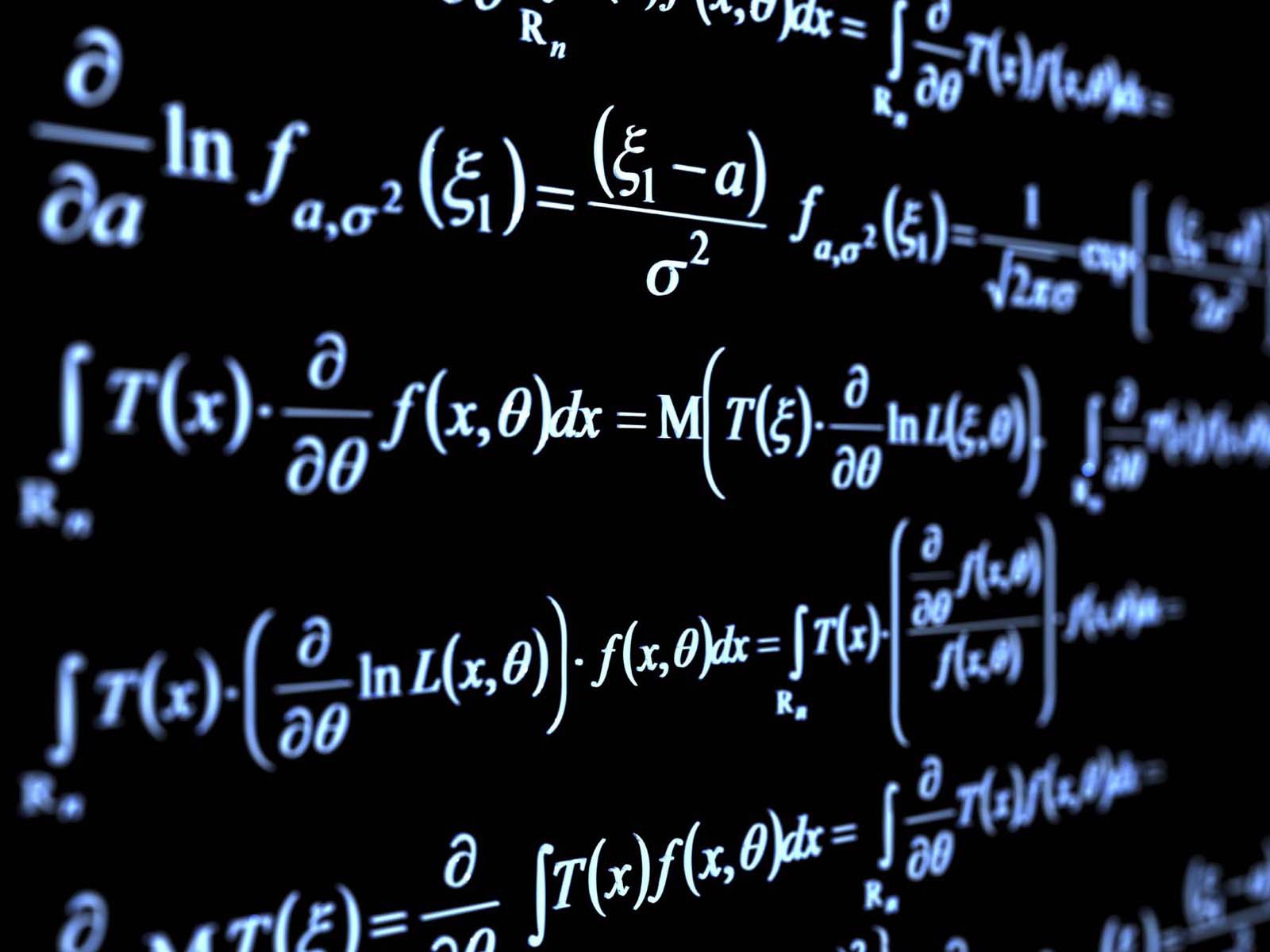In the realm of condensed matter physics, the mathematical formalism serves as an indispensable framework, akin to a masterful architect wielding a sophisticated set of tools to construct intricate edifices of understanding. This field, which fundamentally explores the diverse behaviors of matter at microscopic and macroscopic scales, requires a robust mathematical foundation to decode the myriad phenomena exhibited by complex systems. This article embarks on a comprehensive tour through the mathematical toolbox of condensed matter physics, elucidating the multifaceted techniques and principles that continue to unravel the enigmas of the material world.
The journey commences with linear algebra, a cornerstone of mathematical analysis and a vital gear in the machinery of condensed matter physics. Vectors and matrices serve as the conduits through which we express physical quantities and their interrelations. Superposition and transformation, fundamental themes in both linear algebra and quantum mechanics, enable physicists to articulate wave functions and understand the behavior of particles in a condensed state. Eigenvalue problems arise in this milieu, particularly in determining stable states of quantum systems—a prerequisite for deciphering phenomena such as band structure in solids. The elegance of linear algebra lies not just in its computational efficiency, but in its ability to unravel the geometric interpretations of physical realities.
Moving beyond the fundamentals, we encounter group theory, the mathematical language that articulates the symmetries inherent in physical systems. This theory provides a profound insight into the invariance properties of particles and interactions, revealing the underlying harmony of nature. The symmetries of crystalline structures, described eloquently by point groups and space groups, allow physicists to predict various physical properties, including optical, electronic, and vibrational behaviors. Moreover, the application of group representation theory illuminates the behavior of particles in terms of their transformation properties under symmetry operations, thus providing a comprehensive understanding of particle classification and interaction processes.
Next in this mathematical tapestry is topology, which embellishes condensed matter physics with its rich conceptual fabric. The notion of topological phases of matter, such as topological insulators and quantum Hall states, underscores the significance of global properties over local characteristics. In these instances, the mathematical study of shapes and spaces transcends traditional definitions, wherein phenomena are preserved despite continuous deformations. Topological invariants become powerful descriptors of states, enabling the classification of phases that remain robust against perturbations. This contemplative aspect of topology inspires physicists to explore unconventional order beyond conventional symmetry, enriching our comprehension of the matter’s diverse configurations.
The exploration of condensed matter physics would be incomplete without delving into differential equations, the sturdy bridges connecting abstract mathematical theories to concrete physical situations. The Schrödinger equation epitomizes this relationship, serving as the pivot around which quantum mechanics revolves. This equation, when applied to condensed matter systems, reveals the wave functions governing particle distributions, energy levels, and dynamics. Beyond quantum mechanics, partial differential equations govern a plethora of phenomena such as heat conduction, fluid dynamics, and elasticity. The mathematics of diffusion equations, for instance, provides insights into phase transitions—an essential focus in the study of condensed matter.
Statistical mechanics, another cornerstone of this field, employs probabilistic methods to examine the collective behavior of large numbers of particles. Here, combinatorial mathematics and the principles of entropy intertwine to formulate the statistical foundations necessary for understanding thermodynamic systems. The transition from microscopic interactions to macroscopic observables through ensemble theory is akin to transforming chaotic notes into a harmonious symphony. The beauty of statistical methods is their ability to relate microscopic laws to macroscopic observables, offering profound insights into phase transitions and critical phenomena.
As we traverse this mathematical landscape, the role of complex analysis emerges as a refined brushstroke painting the finer details of physical theories. Techniques such as contour integration and residues unveil solutions to otherwise intractable problems, particularly in quantum field theory and scattering processes. The analytic continuation of functions exemplifies the intricate interplay between mathematics and physical intuition, permitting physicists to venture into the realm of imaginary time and beyond. This unshackled exploration not only enhances our understanding of particle interactions but also inspires novel theories and experimental approaches.
The quintessence of physics often dwells in its dynamical aspects, where nonlinear dynamics and chaos theory interlace with the fabric of condensed matter phenomena. These mathematical constructs provide essential insights into unstable systems and emergent behaviors, demonstrating how simplicity can give rise to complexity. The paradigm of phase transitions—whether abrupt or gradual—illuminates the transition from order to disorder and vice versa, emphasizing how microscopic interactions engender macroscopic behavior. The mathematical rigor behind chaos theory unveils the relationship between predictability and uncertainty, deeply influencing our understanding of collective behavior in systems ranging from atomic lattices to magnetic materials.
In summary, the mathematical toolbox of condensed matter physics is a remarkable assembly of interconnected techniques and theories that together unveil the profound mysteries of matter. Each mathematical discipline—from linear algebra and group theory to topology and nonlinear dynamics—contributes its unique perspective, acting as a lens through which physicists examine the complex tapestry of materials. As science continues to advance, these mathematical tools not only provide clarity to existing phenomena but also inspire future innovations, illuminating the path toward deeper understanding of the universe. Mathematics, in this context, is not merely an abstract endeavor but rather an illuminating, guiding force that enriches the quest for knowledge within the enchanting realm of condensed matter physics.








